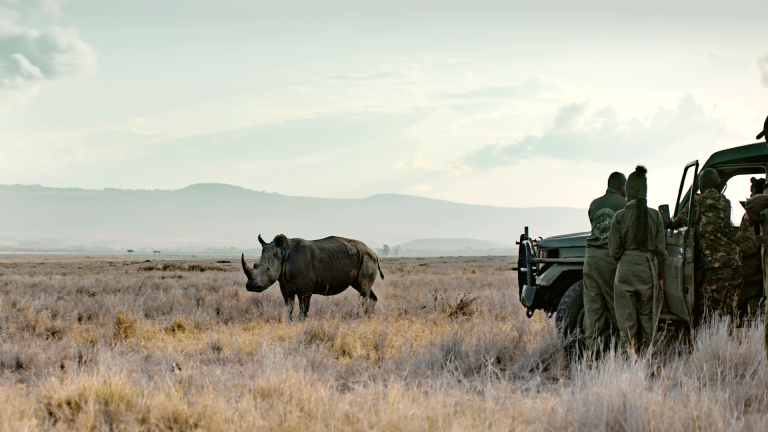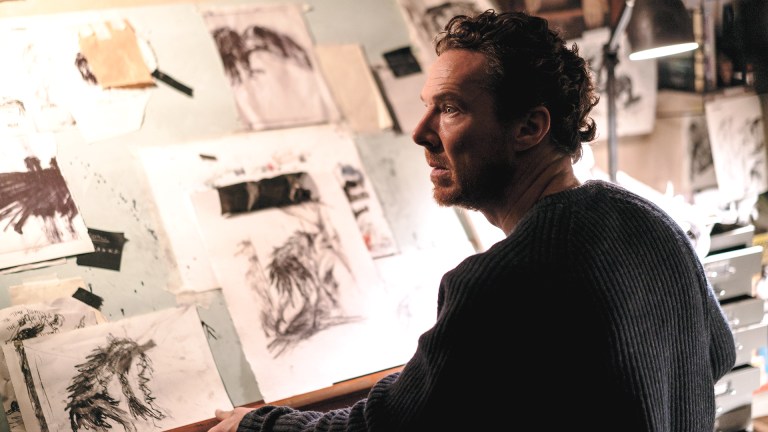Is it ever anything other than a delight to see Willem Dafoe? A tireless work ethic means that the man with the crushed velvet voice and endlessly equivocal grin pops up all over the place as a supporting actor, recently bringing a welcome aura of ambiguity to overstuffed blockbusters like Murder on the Orient Express, The Great Wall and Aquaman. Audiences are now primed to expect some unexpected shift in loyalties from the moment he sidles into the frame: this time, will he end up being Willem Dafoe, or Willem Da Friend?
You might think taking a lead role would give the chameleonic 63-year-old a little less room to manoeuvre, especially going Dutch as Vincent van Gogh, a notable historical figure we’ve already seen embodied on screen by everyone from Kirk Douglas to the gay plumber from This Life (AKA Tony Curran, in a memorable Doctor Who episode from 2010).
But in At Eternity’s Gate – named for a portrait van Gogh completed just two months before his death – the rightfully Oscar-nominated Dafoe still manages to find unsettling flashes of darkness in a film that is, primarily, about chasing light. The pursuit is often literal: we see Dafoe’s gaunt Vincent rushing headlong through gorgeous French countryside, his scarecrow easel and precious art supplies strapped haphazardly to his back, looking for all the world like a demented one-man band.
It is clearly a passion project from Julian Schnabel, the larger-than-life New York artist turned film-maker who, one suspects, would be thrilled if someone made a similarly rapturous biopic about him someday. Schnabel’s headlong, often frazzled approach inarguably benefits from the fact that the broad brushstrokes of van Gogh’s tumultuous final years – the retreat from Paris to Arles in the south of France in 1888, the unfortunate business with his ear, the asylum sojourn in Saint-Rémy-de-Provence and his murky demise in 1890 from a gunshot wound to his stomach – have already been deeply impressed onto the public consciousness.
Schnabel puts the audience inside van Gogh’s head by repeatedly using point-of-view shots, an attempt to show us the raw, unfiltered beauty of the world,
Schnabel’s film is an impressionistic biopic powered by emotion and sensation. His endlessly roving camera makes van Gogh’s artistic process unusually palpable, diving into the gloopy chaos of a mixing palette or lurching at works-in-progress at unexpected angles to show the messy meringue peaks of oils on canvas. While he never quite untangles the mental trauma and hallucinations that tormented his subject, Schnabel puts the audience inside van Gogh’s head by repeatedly using point-of-view shots, an attempt to show us the raw, unfiltered beauty of the world as the artist might have perceived it.









